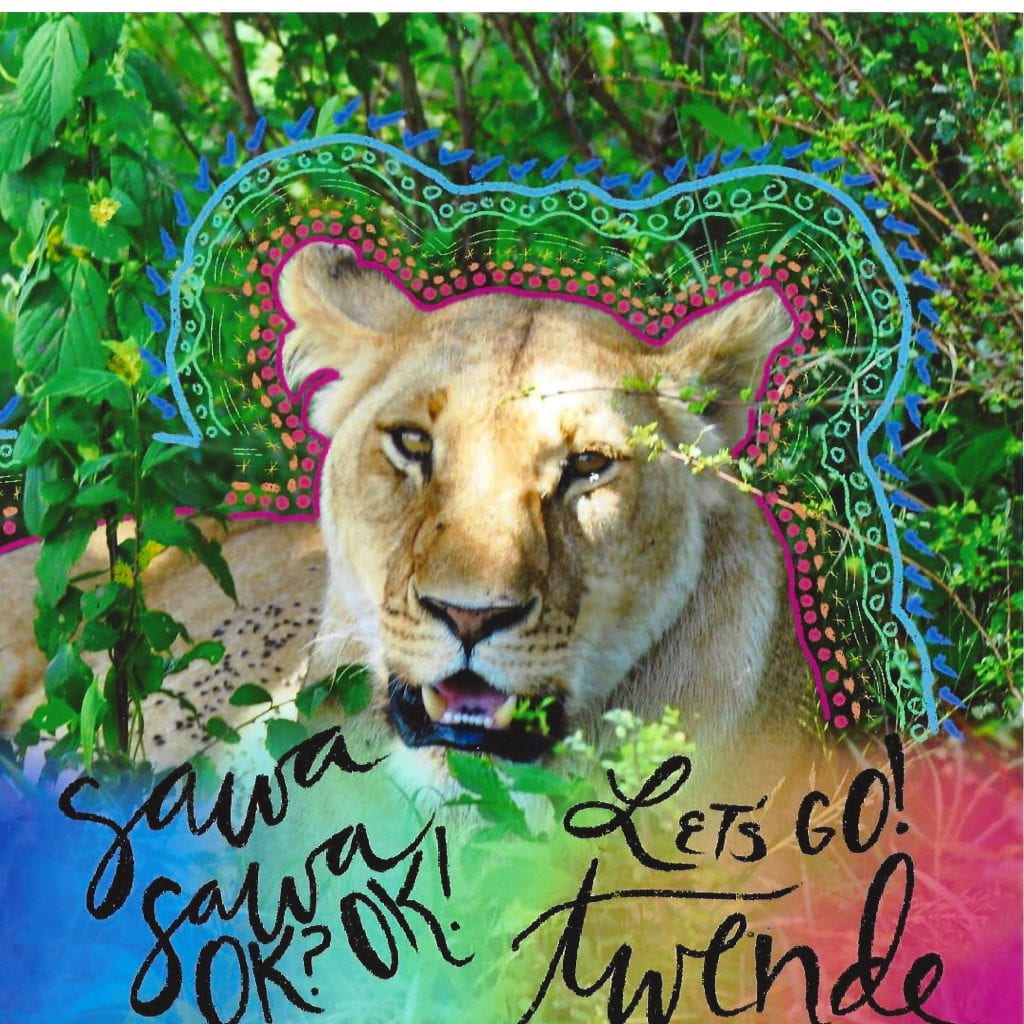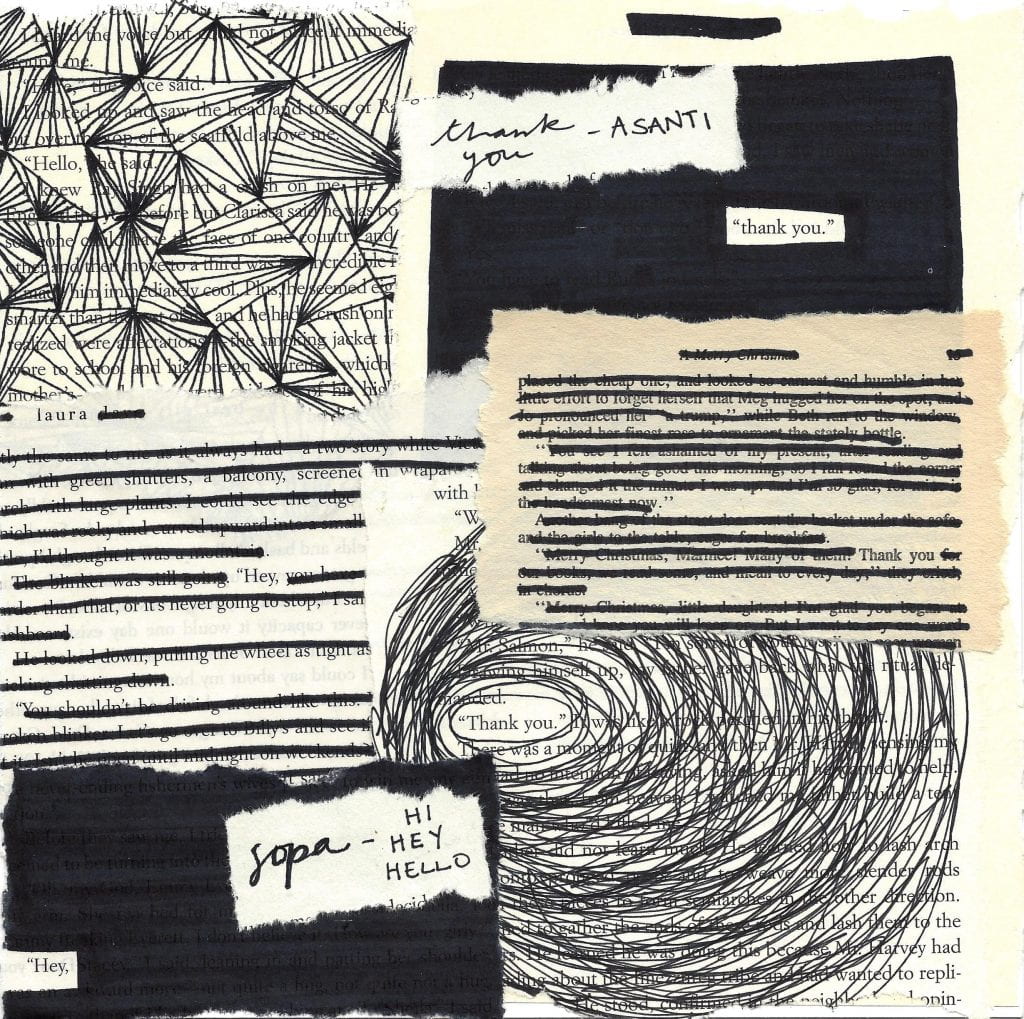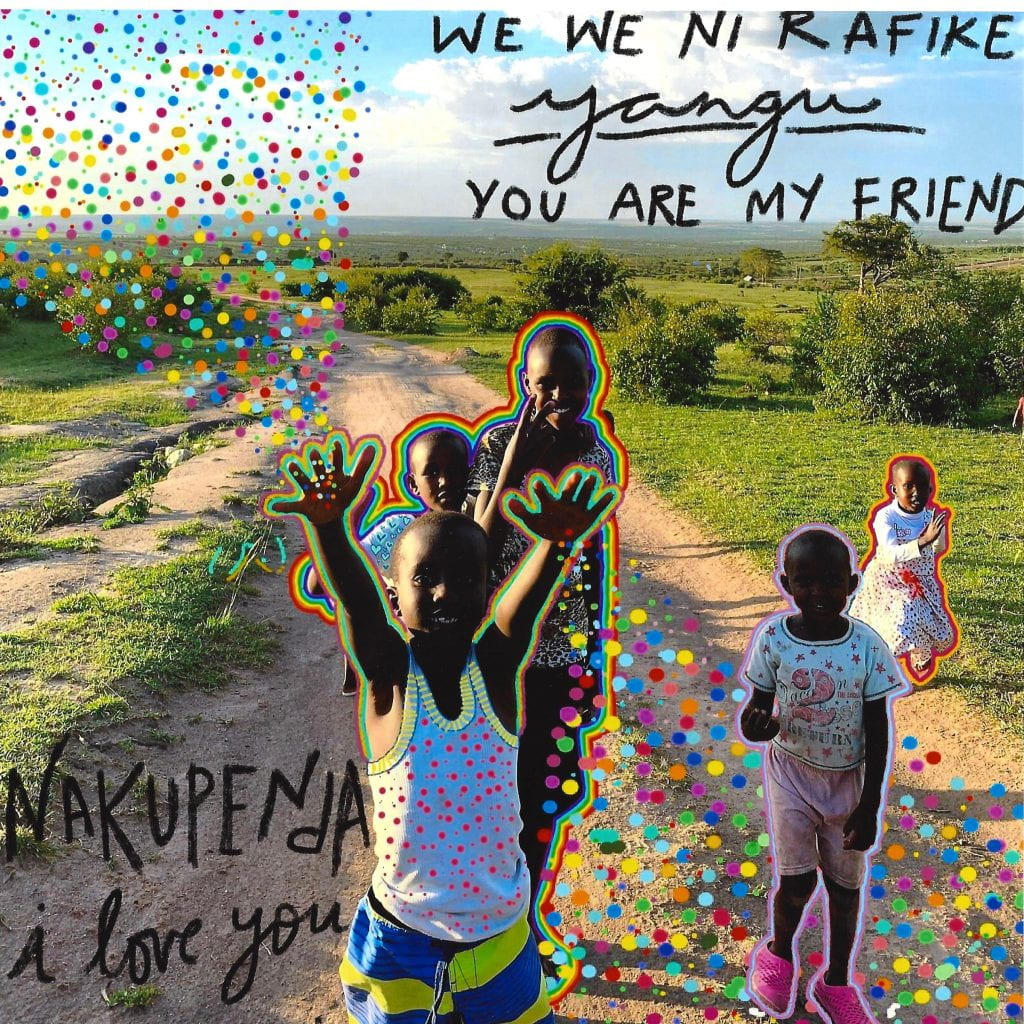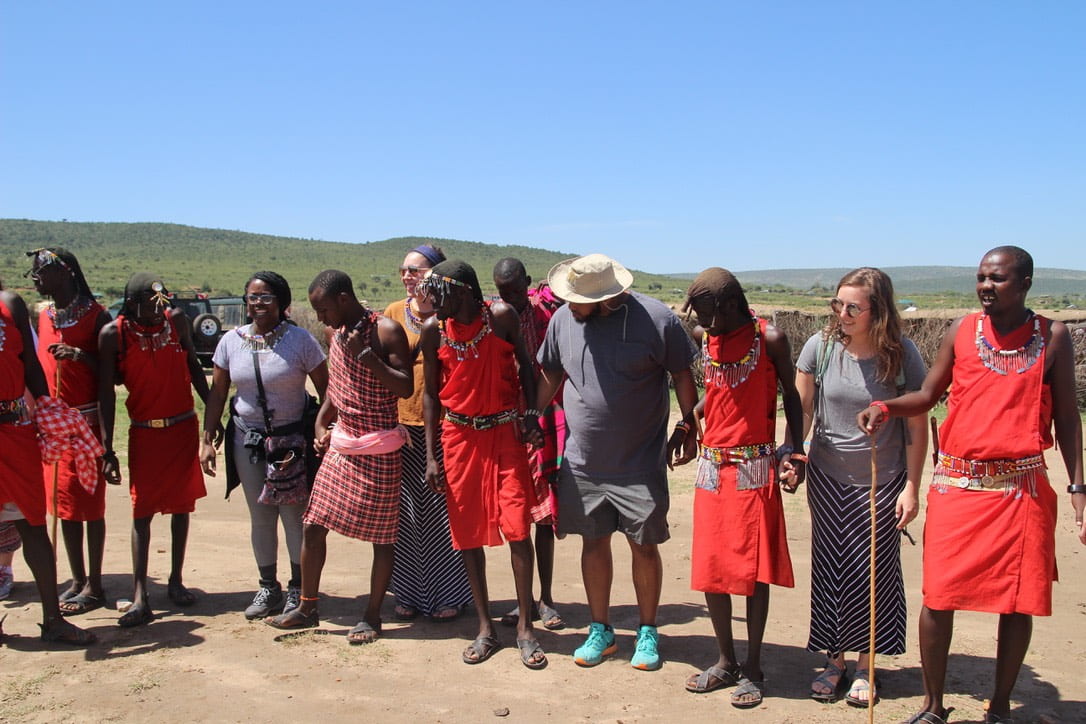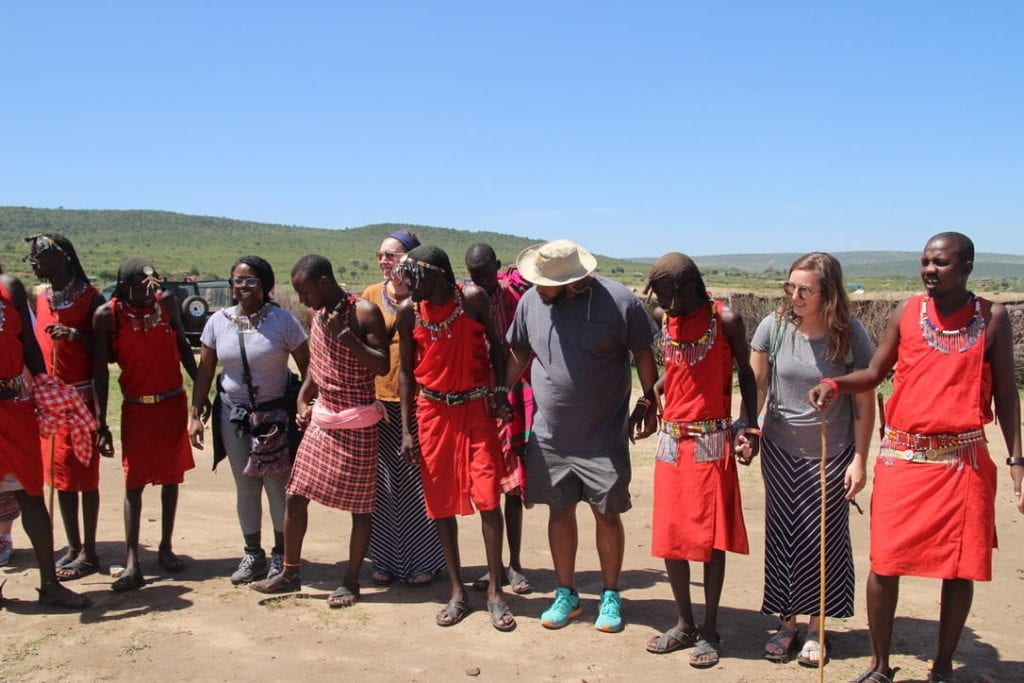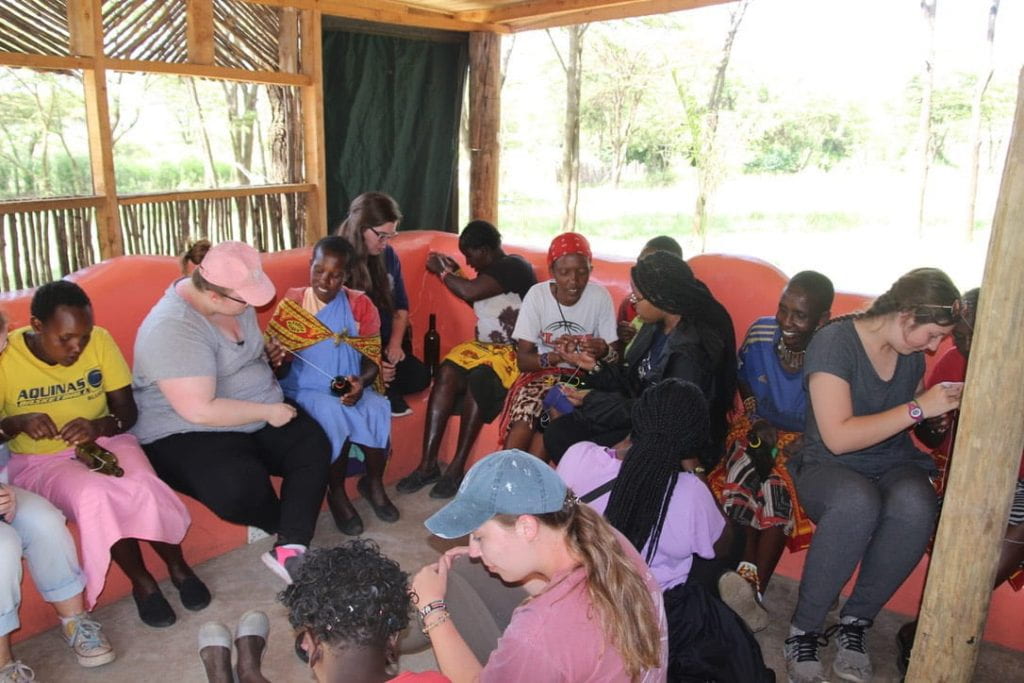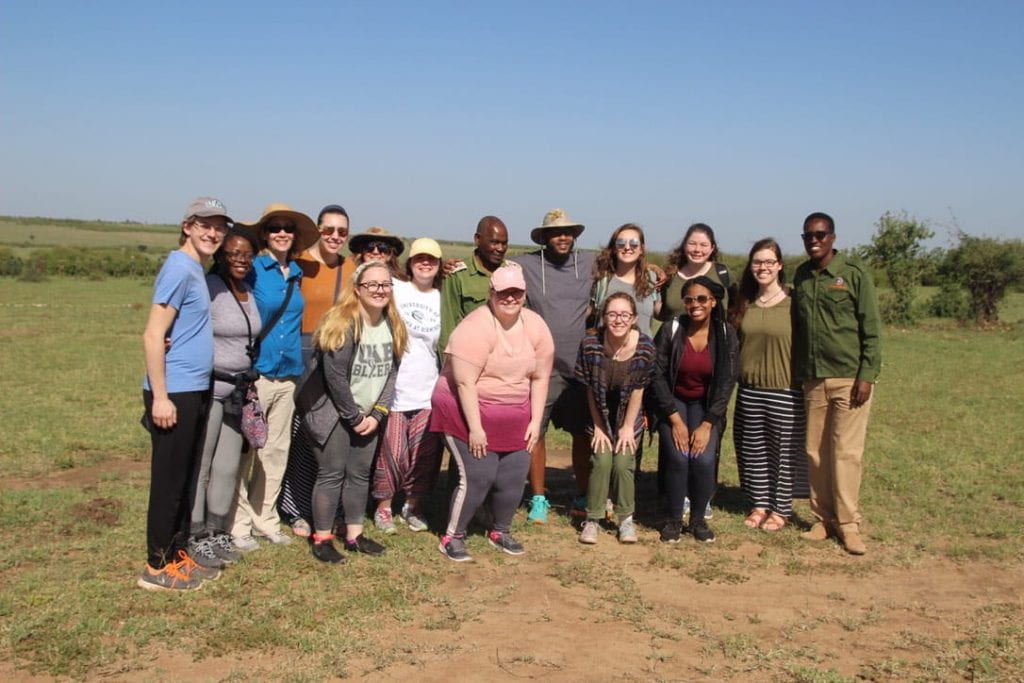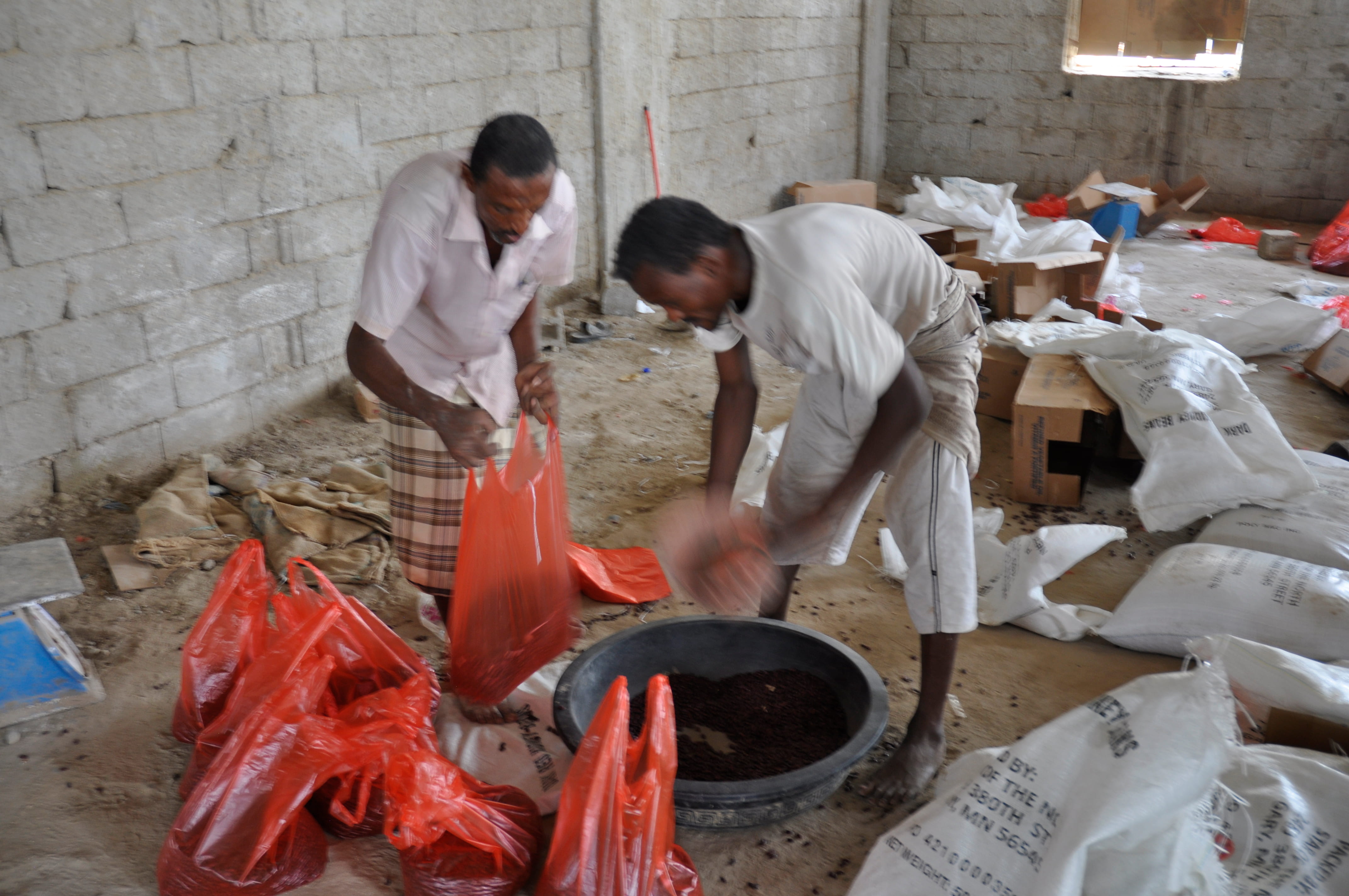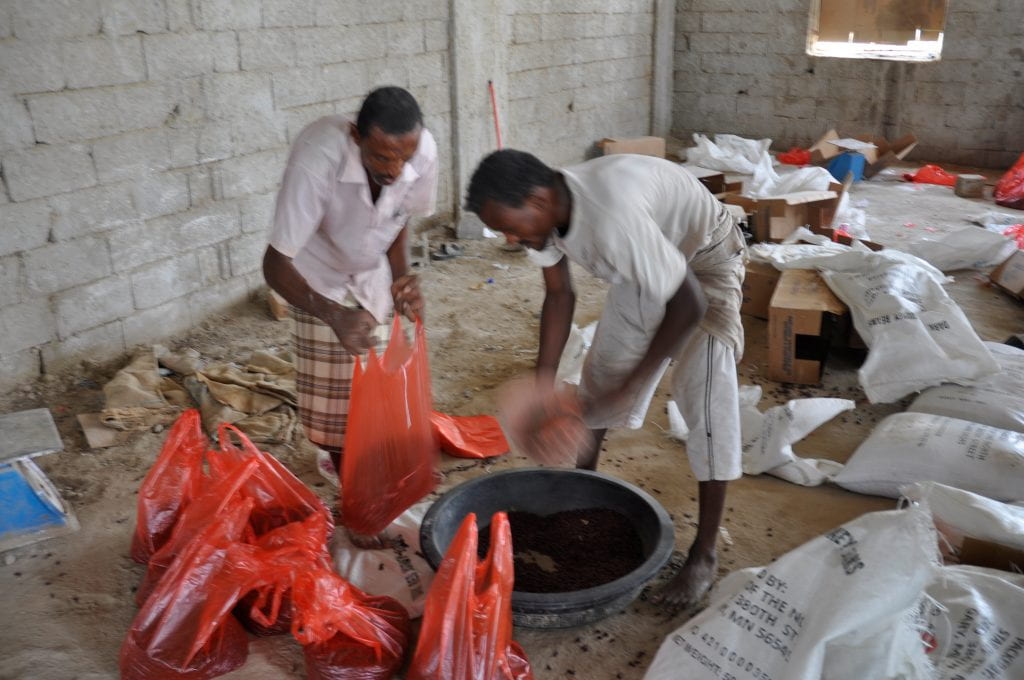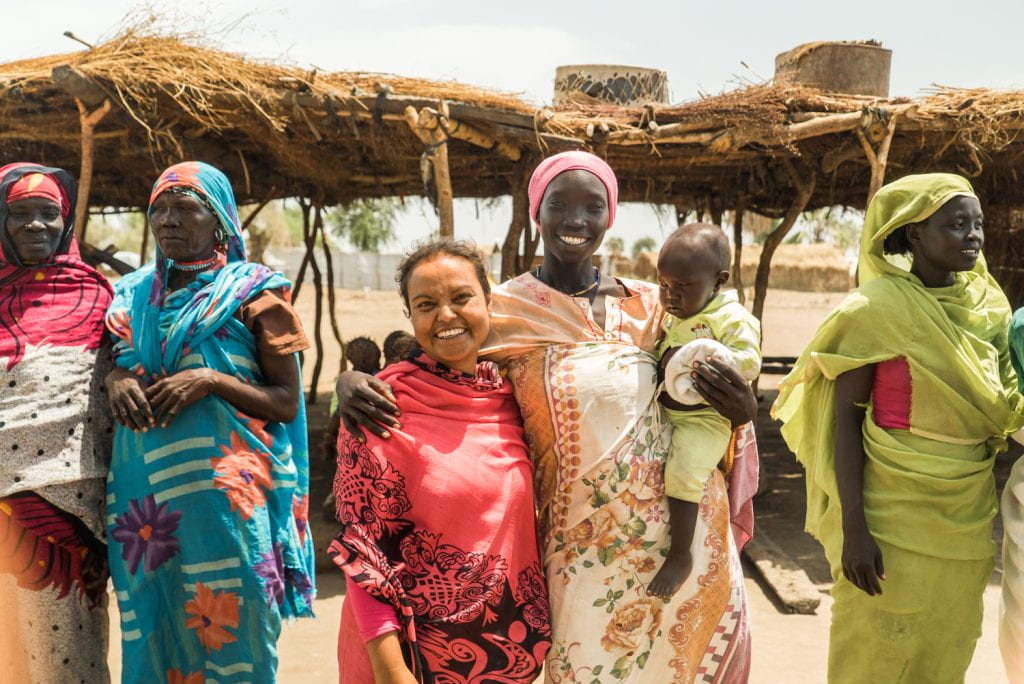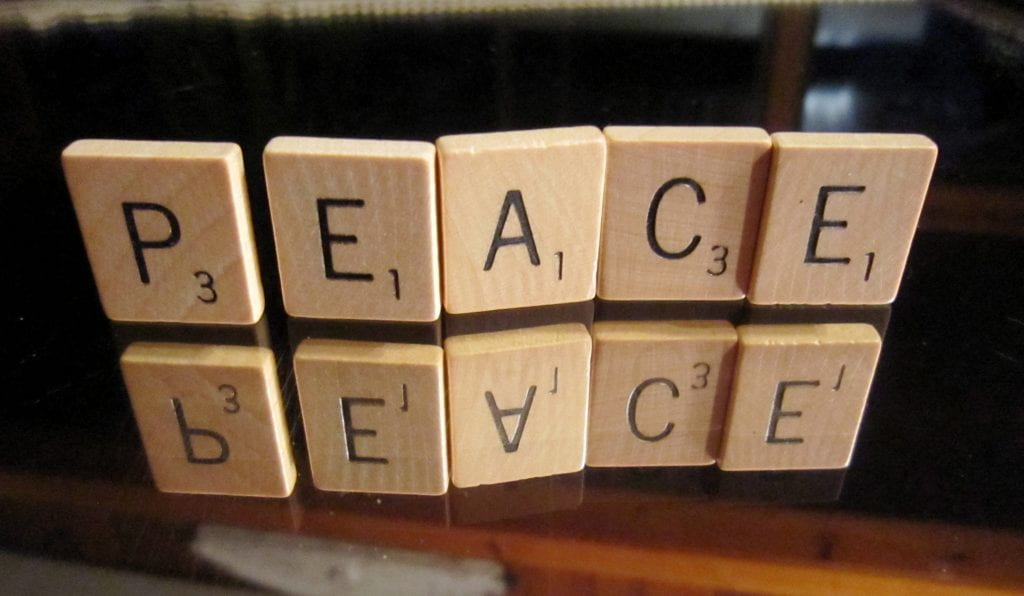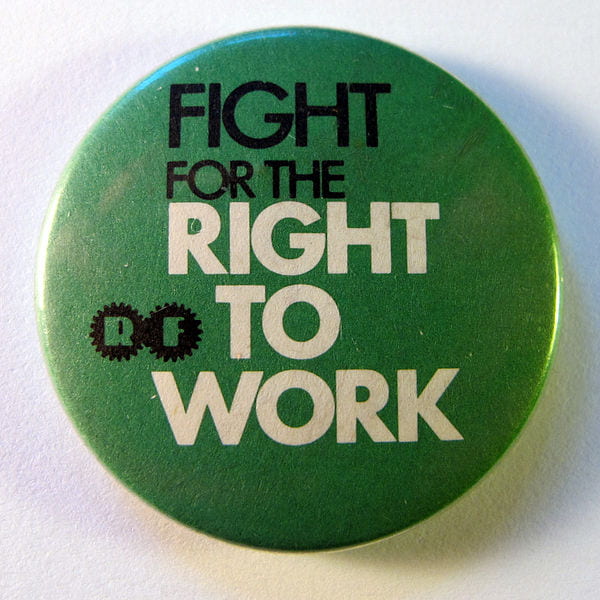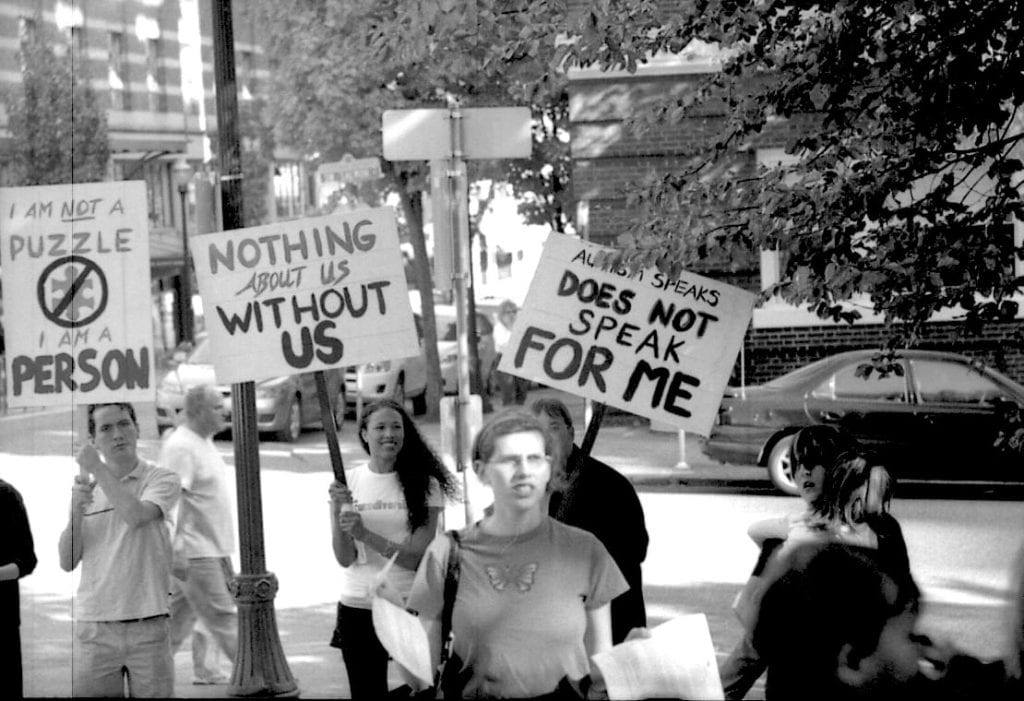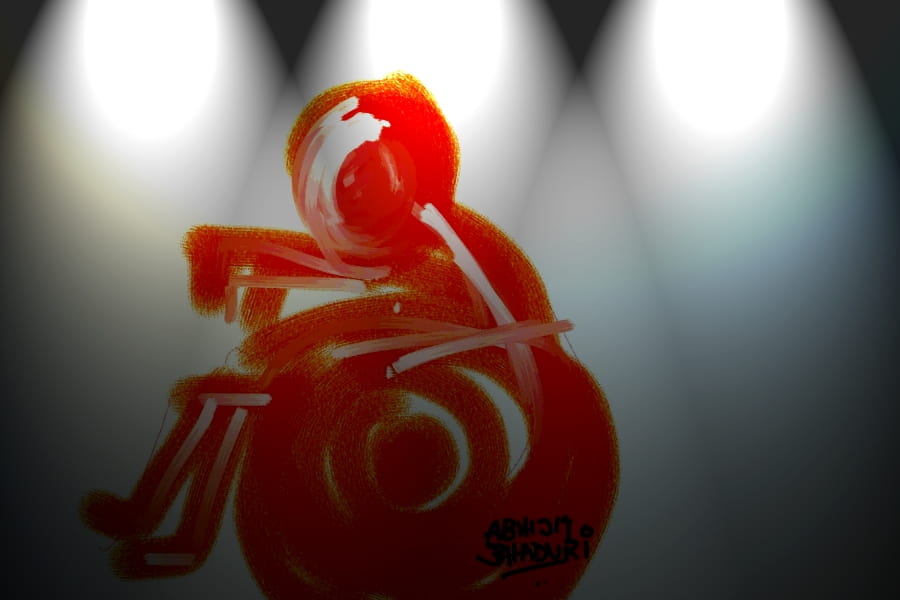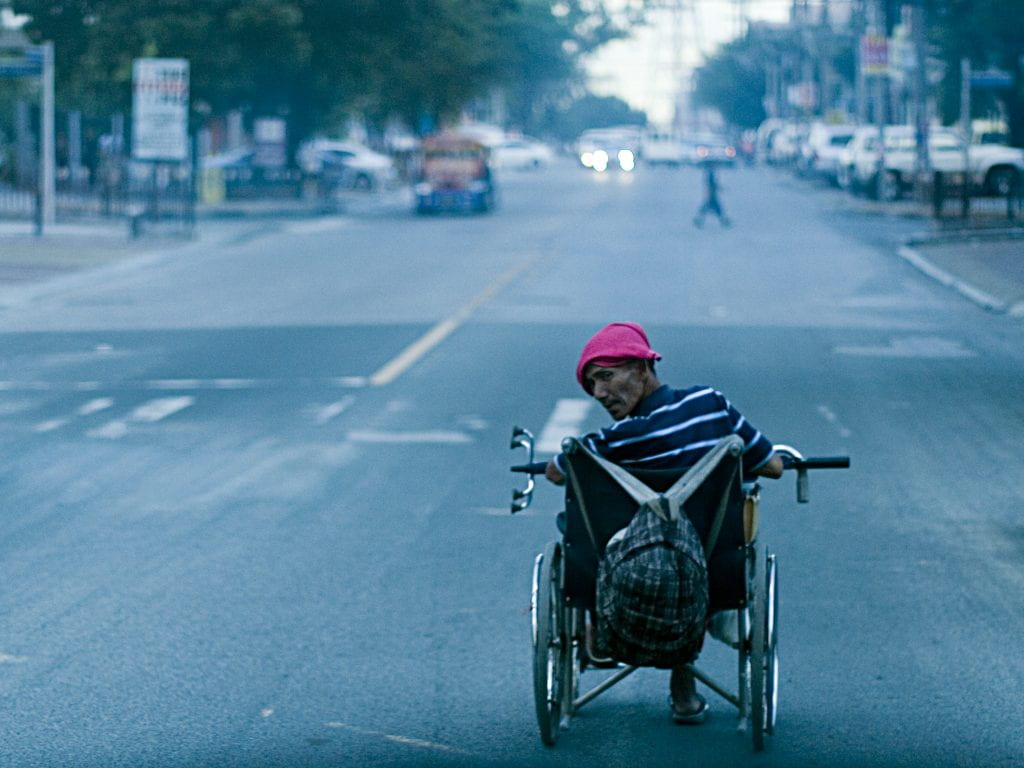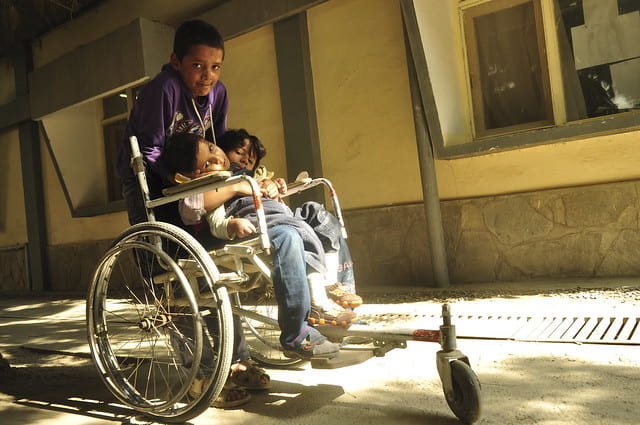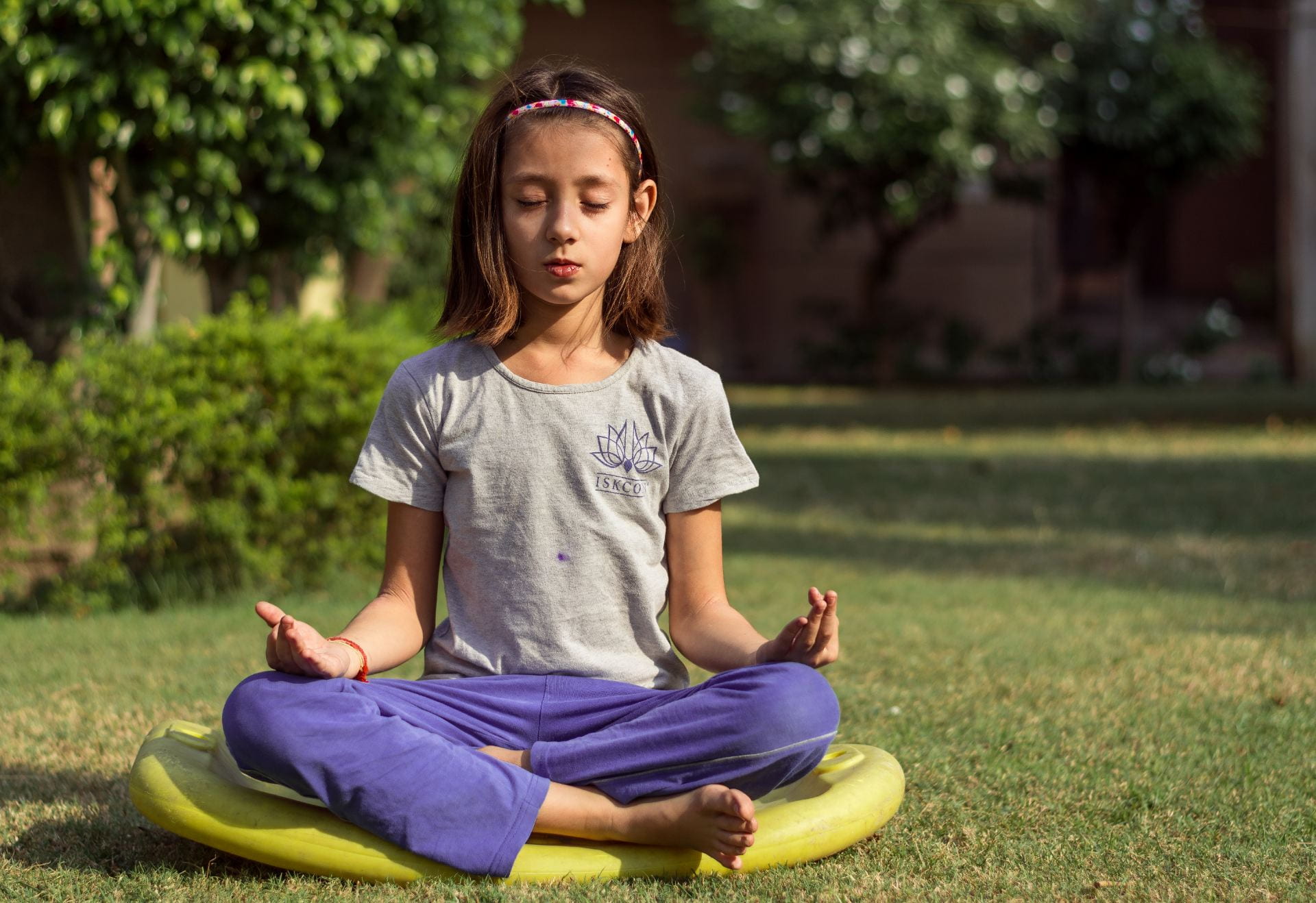
If you have ever struggled to fall asleep or dealt with significant anxiety or stress, you may have tried to calm down and relax yourself by listening to a guided meditation or yoga practice. Data from the 2017 National Health Interview Survey (NHIS) found that 14.2 percent of American adult and 54. Child participants had practiced meditation in the previous 12 months. The survey also found that 14.3 percent of adults and 8.4% of children had practiced yoga in the past year. Some schools have now seen the positive impact that meditation and yoga can have on children’s behavior and mental health and have decided to integrate these practices into their procedural structures. Instead of sending children to detention or the principal’s office for traditional disciplinary methods, these schools have rooms designated for mindfulness and meditation. This results in a complete shift in how both educators and students cope with behavioral issues and emotional struggles in the classroom.
What Is Meditation? What Are the Benefits?
According to the National Center for Complementary and Integrative Health (NCCIH), meditation is, “Meditation is a mind and body practice that has a long history of use for increasing calmness and physical relaxation, improving psychological balance, coping with illness, and enhancing overall health and well-being.” While there is no single method or rigid guideline for how to meditate, there are four main elements that most meditation methods include: an environment with minimal distractions, a comfortable posture (such as sitting or lying down), a focus of attention, and an “open attitude (letting distractions come and go naturally without judging them).” In this context, yoga combines meditation with specific physical postures and breathing techniques.
While there is still much research to be done on meditation and its impact on people, studies thus far suggest that it can help reduce blood pressure, aid in coping with anxiety and depression, improve sleep, reduce pain, improve ability to focus, and much more. There is also research that suggests practicing meditation could lead to physical changes in the brain which support numerous aspects of mental and physical health. For example, one study that was performed in 2012 compared brain images of 50 adults that did not regularly meditate and 50 adults who had been doing so for years. The results suggest that the brains of those who had been practicing meditation had undergone gyrification, which means the outer layer of their brains had more folds, potentially increasing their ability to process information. Another study from 2013 suggests that regularly practicing meditation may slow, stall, or reverse certain changes in the brain that typically result from aging.
It should be noted that every individual’s relationship with and response to meditation can differ. One person may work well with a certain meditation strategy, while another person might find that strategy extremely difficult or uncomfortable. Some people who suffer from mental health issues, such as anxiety, may find that certain forms of meditation make them more anxious. Some people may have physical limitations that prevent from sitting on the floor, which is a common posture for many meditative practices. It is a very personal experience and should not be treated as one-size-fits-all.
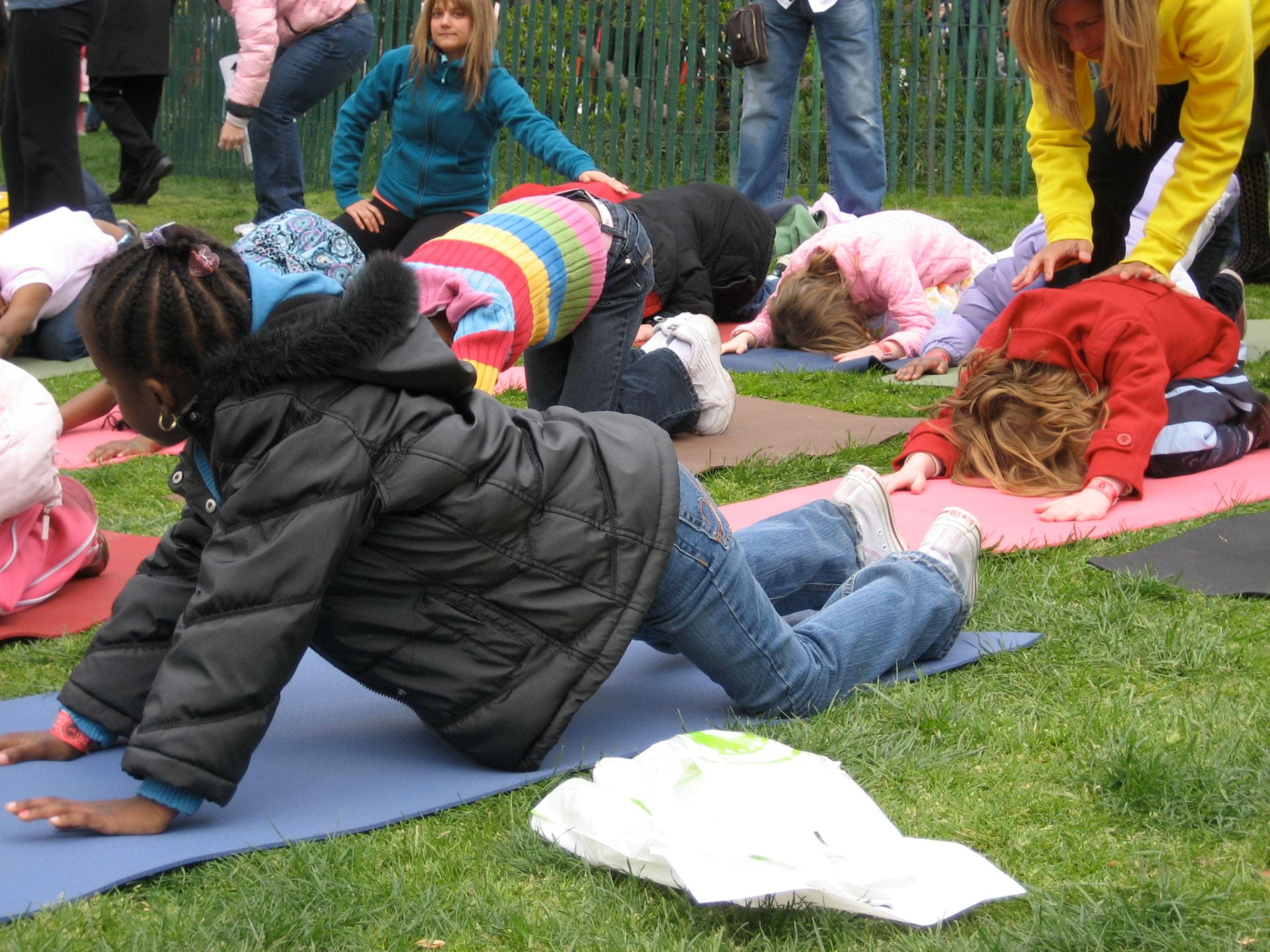
How is Meditation Being Implemented in Schools?
In 2013, Robert W. Coleman Elementary School of West Baltimore created the “Mindful Moment Room,” a space used for meditation and yoga. This is where students are sent when they are being disruptive in class or aggressive with their classmates. The space is warm and inviting, smelling of essential oils and decorated with pillows and yoga mats. Here, students who are feeling angry or frustrated can have an opportunity to breathe and do activities like yoga and meditation to calm down. The Holistic Life Foundation is the non–profit that helped the school to establish and run the Mindful Moment Room. The staff helps students talk about why they had to leave class and guides them through mindfulness exercises. Mindfulness in not limited to being encouraged when students are misbehaving. Students listen to a 15-minute guided meditation over the intercom at the beginning and end of every school day and can practice yoga both during and after school.
Not only is this beneficial in helping kids work through problems at school, but it also helps them build skills that can help them to cope with strong negative emotions in the future. The students themselves have been able to recognize the benefits they have experienced from practicing mindfulness. Dacari Crawford, a third-grader at Robert W. Coleman, said, “When I get mad at something or somebody, I just take some deep breaths, keep doing my work and tune everyone out. It gives you good confidence when you need to do something important.” Inspired by the impact mindfulness practices have made on the elementary school, Patterson High School has started its own Mindful Moments Room.
A Mother’s Testimony
Dana Santas, a yoga trainer to many professional sports teams, was invited write an article for CNN discussing her experience of guiding her three children (the youngest of which being on the autism spectrum) through yoga. In her experience she has found three main reasons why mindfulness-practices like yoga and meditation should be taught in school:
The first is “teaching breathing as fundamental to well-being.” She points out that the impact that breathing has on us is not as simple as the fact the we cannot live without breathing. Our breathing patterns, our postures while breathing, and the way we breathe in general impacts both our mental and physical health in ways that are hard to notice if we do not know to look for them. This be related to things like the basic mechanisms of breathing or using breathing to calm down when one is overwhelmed. Santas developed a breathing exercise called “peace palm exhaling” to help her son with Asperger’s syndrome when he becomes overwhelmed.
The second reason is that yoga can help children “move with control and confidence” because it can help them gain self-control and respect for their own bodies and improve their balance and movement abilities.
The final reason she discusses is that yoga can promote the power of mindfulness, helping children to learn skills that they can use to cope with anxiety and stress.
How Does Mindfulness Impact Human Rights?
One significant impact that the use of meditation and mindfulness in schools has on human rights is that it helps to improves students’ ability to access and fully utilize their right to an education. The right to an education is recognized in Article 28 of the Convention on the Rights of the Child (CRC) and Article 26 of the Universal Declaration of Human Rights (UDHR). Article 26 of the UDHR also recognizes the right of every person to an education that works towards the full development of their personality, and that right is also supported by meditative practices. With fewer class disruptions, an improved ability to focus, and a calmer school-environment, students can spend more quality time learning and gaining knowledge that they can use in the future. Practicing mindfulness also helps to create an environment that supports one’s health and well-being, which is recognized as a right in Article 25 of the UDHR and Article 24 of the CRC. The impact that meditation and mindfulness can have on education and personal development can help a person better prepare for future experiences, helping them have better access not only to these rights, but also to their other rights as well.









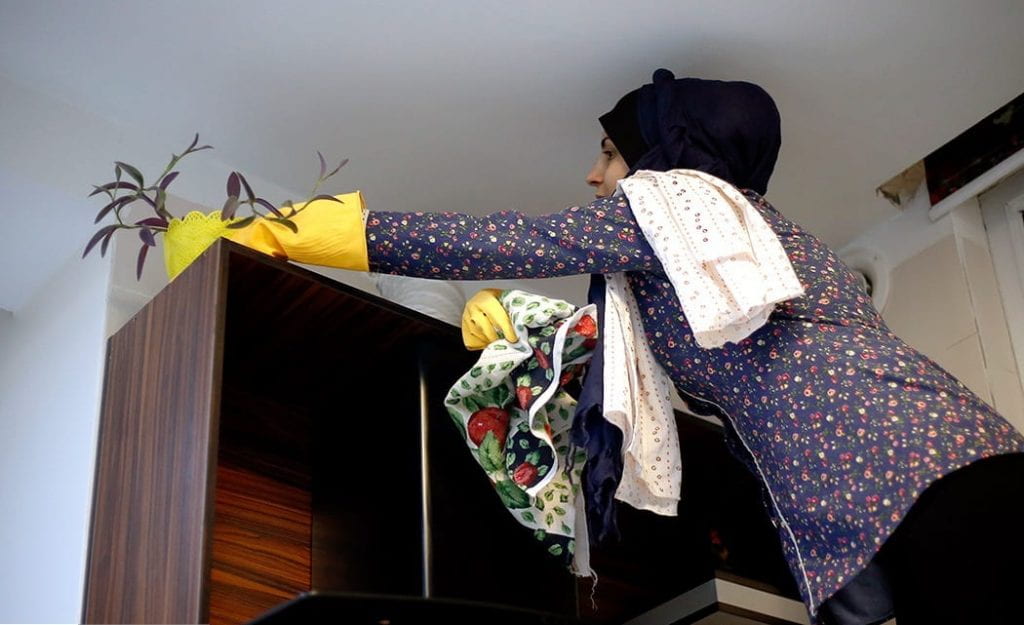
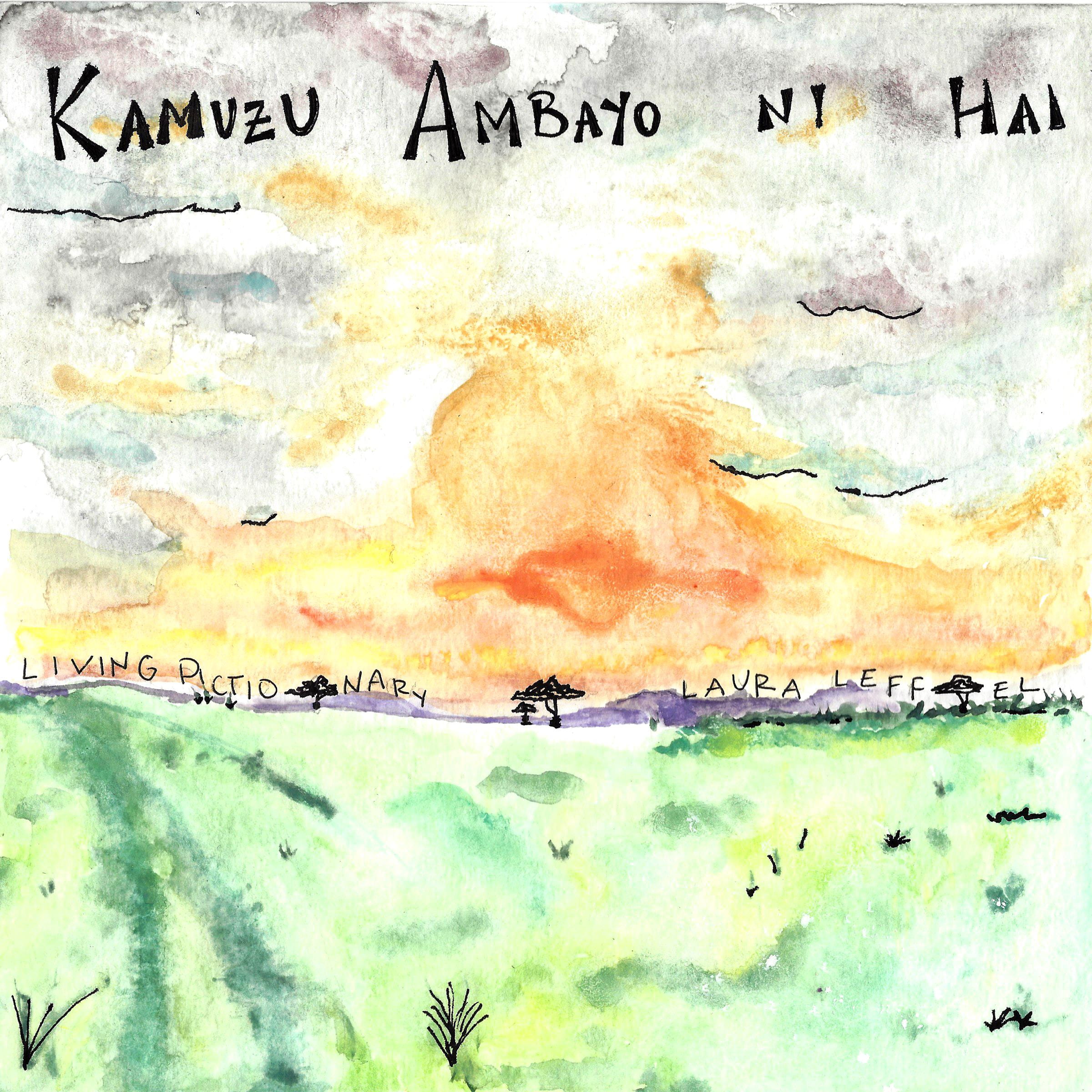
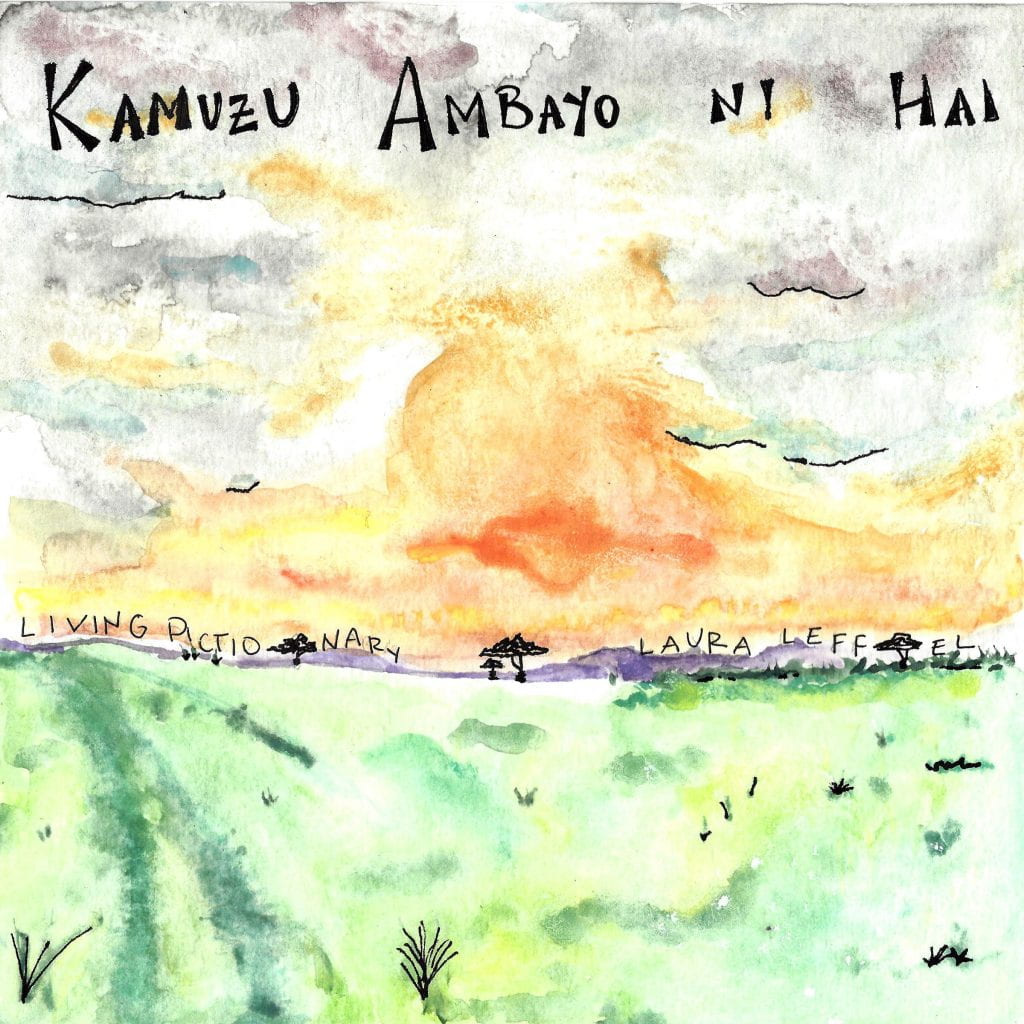
 Moja & Billie (Mbili) –
Moja & Billie (Mbili) – 